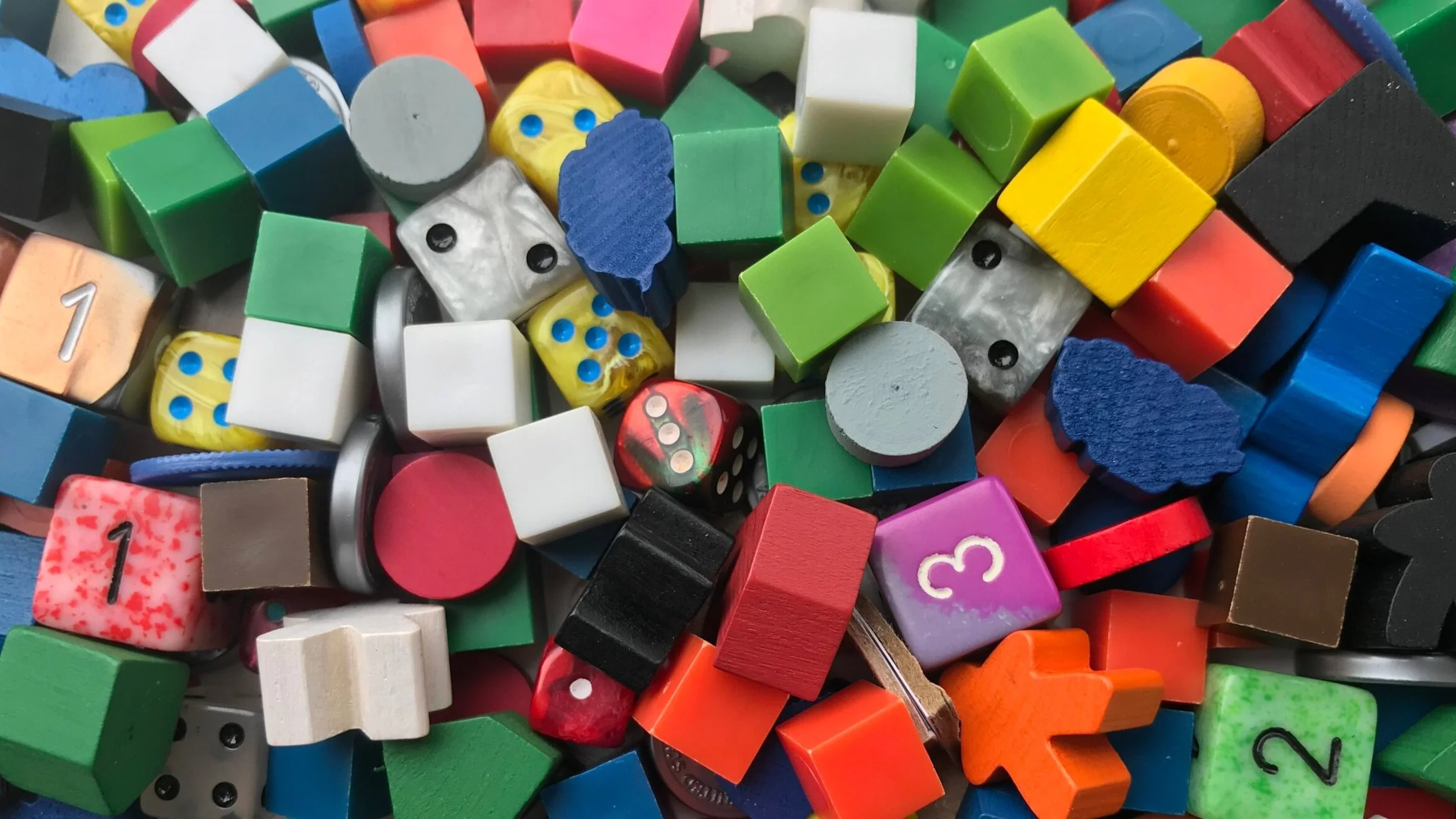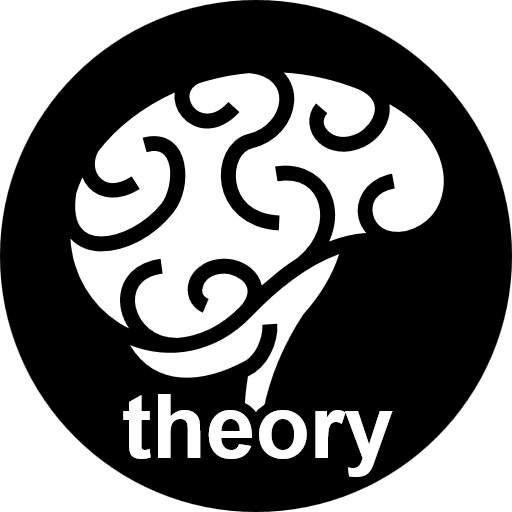Meaningful Decisions: Doug Levandowski on Design Choices in Gothic Doctor
/In our Meaningful Decisions series, we ask designers about the design choices they made while creating their games, and what lessons other designers can take away from those decisions.
In this edition, we talk with Doug Levandowski, the co-designer of Gothic Doctor, about player choice, balancing powerful cards, endgame triggers and more.
The rules for Gothic Doctor tell players to remove any action cards they want to before starting the game. Why?
Gothic Doctor is a broad enough game that it could be good for younger gamers or gamers more interested in a light experience--and with the Partial Treatments variation in the expansion, it can be good for players who want to make more risk vs. reward kinds of decisions. With that in mind, John McNeill, the game’s co-designer, and I decided--even before the expansion--that we wanted to put this caveat into the rules.
Some players want to play more of a multiplayer-solitaire game, and some players (especially in set collection games) really hate having their sets disrupted; on the other hand, some players want to have a stronger take-that element to the game. So in light of that, we decided the easiest way to make the game fun for all different kinds of players was to give players the option to alter the balance of the action cards however they wanted.
We sort of stole that idea from Dominion. Don't want curse/attack cards? Cool! Leave them out! Want to attack nearly constantly and have high score in the game be, like, 7 points? Cool! Witches for everyone! Moats for no one!
Then, as we developed the Partial Treatments expansion, that ability to change the action cards mattered even more; the more you can affect the waiting room, the riskier it is to partially treat a patient, especially to drop a bunch of treatments on a higher-value patient. So if we had any doubt about that caveat before, giving players the ability to skew that risk/reward ratio became something we were really excited about.
What are the pros and cons of giving players the ability to change the type of experience they'll get in a game?
I think the most significant pro is that it allows players with some experience with the game to alter the balance of what will happen in the game. My friend Ian Reed and his significant other Devon are really aggressive players, so he recently told me that when they play, they take out many of the action cards that are neutral to the other player; they want that sort of experience where they can really screw over the other player even if that means low scores in the game. My wife, on the other hand, wants to play friendly games, so we take out the aggressive actions. My experience with games with variable card powers is that every player has some that they absolutely love and want to see every game--and some that have the potential to ruin the game for them. So a serious pro is letting players mold the game to the kind of experience they want to have.
A pretty serious potential con, which I think we avoided in Gothic Doctor, would come if the change to the experience could make the game unbalanced in some way. In Gothic Doctor, players can't (for example) change the number of Panaceas in the deck or get rid of one type of treatment. If they could, that would change how easily doctors could cure patients, and that would really skew the core of the game. But the actions cards don't run into that issue in my experience.
Another potential con is if there are elements that have the potential to ripple out in unexpected ways that players might not understand, especially after only a game or two. Altering the core elements would definitely lead to that--like if players could decide how many rounds they wanted the game to last for. That seems superficial, but in Gothic Doctor, it has big implications for things like the specialist and generalist bonuses.
Gothic Doctor ends after a set number of rounds. Did it always, or did you test other endgame triggers?
Heh, no, it wasn't always that way, and this is one of my embarrassing first-time-designer stories. Originally, the game ended when a doctor had treated 650 pounds worth of patients. (Typically in a current game, scores range from 325 to 500 pounds--so they were much longer games.) But I really liked playing to a certain value, since the theme of the game is that you're trying to make partner in a practice, and it made sense to me for the practice to be saying, "When you've made this much, then you're partner."
John found that the people he was playtesting with were saying, "This is pretty long..." but I was absolutely dead set on keeping it, so I said, "Fine, then we lower the value!" We argued and argued about it--pretty forcefully, actually--until one day, he said, "Sit down. Play it this way." And within three rounds, I was absolutely convinced how right he was.
With the round-based endgame, we were able to say thematically, "You have this many hours of night. Go!" and that makes a lot of sense, too. It also prevents players from having to be counting their score constantly, which was very tedious, though we could have mitigated that with a score tracker. And, more importantly, playing to a set number of rounds gives you a strong sense of moving towards a conclusion, which is helpful in the arc of the game: "I only have two more rounds, and I need to get another Bestial patient to get that Veterinarian bonus!" or "I just have to keep my opponent from getting another Insane patient for three more rounds..." There's a lot better tension this way than, "Oh! I have enough to win! Game over."
So, the takeaway for me here was to playtest something even if you think it's going to change the DNA of your game. If it does, it might change it for the better.
We also briefly kicked around the idea of having to treat all of the patients in the deck. Super tedious... That lasted half of one playtest.
Are there ways a designer can tell what type of endgame trigger is best for a particular game?
Experimentation is really the best way, I think. If you can think of something to try, my really strong stance is that you should just try it. After one test, it might be clear that it won't work--but even if it stinks, it might open up some other ideas that could work in other ways.
But along with that, I'm a strong advocate of the fusion of theme and mechanics. So if there's a thematically relevant endgame trigger, that's the first one I'd test. More importantly, though, the game has to end before players are bored with it. So thematic concerns have to be adapted to make sure that the fun's still there. Luckily, theme can usually be massaged to make that work.
When drawing cards, players may draw from either the treatment deck or the action deck, in any ratio they choose. This gives players the flexibility of crafting their hand of cards. Why did you divide the cards this way, and why did you make both card types contribute to the seven-card hand limit?
This decision came down, again, to player choice--but it also had a lot to do with controlling randomness in the game. Originally, the decks were shuffled together and you just drew from them--but it could be really, really frustrating to keep drawing action cards when you need to treat a patient. So we split the deck.
In keeping with the elements of choice that we worked into the game, we wanted players to be able to balance their hands however they wanted. I mentioned how aggressive Ian and Devon are with each other; they're heavy action card users too. Some people don't use them at all (which is a thing that newer players tend to do before they see just how much some of them can affect the game). But ultimately, that's one of the strategic elements in the game: If you can cure one patient in the waiting room with the cards in your hand, do you take an action card? They're very powerful, but almost all of them are conditionally very powerful--higher risk, higher reward. Or do you take another treatment card to have a more balanced hand? John and I were really, really happy with this change and the control it gave players over the management of their hand.
How can a game's rules accommodate different players' preferences? Should there be limits to how much flexibility a game gives players?
Player interaction is a key way to do this; it's something that I've picked up from playing Jay Treat's designs (especially Grandeur and Merchants of Araby) and your Sultana, which has one of the best interactions I've seen. Players can decide in these games how much that interaction matters. In Merchants, you can build your engine on your own, or you can work very collaboratively, especially in early rounds. In Sultana, you and your opponents get to choose which path(s) to victory you're focusing on.
At the same time, though, with high collaboration games, there's a sort of paradox there: It can also limit the ability of players to exercise their preferences. When what other players do influences optimal play, it makes it so that what they do alters the options you have, usually not increasing them. But at the same time, it also expands them. It's weird that way.
Another way to accommodate players' preferences, of course, is modular setup--anything from altering what action cards are in the game to changing the setup of the board to encourage or discourage certain paths to victory. And then of course there's something like 504 where even the core mechanics are variable, though I haven't checked that one out...yet. Actually, given how different 504 games can be (from what I understand), that's like saying that you can accommodate players' preferences by letting them choose what game they play...
In terms of limiting flexibility, I think choice should be bounded by the fun in the game. To some extent, that's about protecting players from themselves. Even great, great game designers have ideas that sound awesome in their heads but wind up being unmitigated disasters on the table. So I don't want any of my rules to be so loose that a player could make the game unfun. There are house rules, of course--but then players would know, hey, this isn't allowable in the core.
The Panacea cards are especially powerful because they're required to treat the most valuable patients, and they can be used as wildcards in place of other treatments. How does the game counterbalance this?
Super powerful--and unlike the action cards, Panaceas aren't conditionally powerful. They're powerful every time you treat. So, to counterbalance that, we did a few things. First, drawing them face up costs two draws instead of one, decreasing your hand size until the end of your next turn.
Second, you need them in order to treat the more valuable patients, so they serve more than one function in the treatment process.
Third, we put 13 of them in the treatment deck--while each other treatment card only has 5. When you have a very powerful card, I think you want to make them more widely available to reduce the imbalance based on luck for the number that players draw--as much as is possible in a game based, in some ways, on the luck of the draw.
Fourth, the fact that they are so powerful leads players to have to make decisions about whether to use them as a wild--and when. People tend to not throw them around given how valuable they are, so that helps a bit to mitigate it.
In the playtesting, we tested towards the end for whether having more Panaceas pass through their hands correlated with higher score. They didn't, so, good to go!
Are there go-to ways of counterbalancing powerful cards that designers can keep in mind?
Conditional power is a big one, for sure. For example, one really powerful action card allows you to take a treatment card into your hand when an opponent uses it. So, it's basically a free Panacea--but you have to wait until an opponent drops a Panacea to use it. Sometimes that's nearly immediately, but I've waited more than three rounds to be able to use that card as it takes up space in my hand. And since that's keeping me from having one extra card to create a set, that's a big deal. So making a great card only actually great in a specific situation is good.
The more powerful the card has the potential to be, the rarer the condition should be. But there's also a balance to that. A card that's so, so rarely useful makes it so rare that having it at the right time becomes more luck than calculation. I don't have the exact number here--I think playtesting is the trick here. Mathing it out is great, but ultimately, I think it comes back to having it feel subjectively right to most players during actual games.
Another way is making them more difficult or costly to acquire, as discussed above--though it could also be more expensive to use. One of the things we toyed with was forcing players to spend 25 pounds to use the Panacea, but that proved to be too much of a disincentive. But if a game employs action point allowance, having to spend more action points to use more powerful cards is a way too.
Mitigating the ways in which cards are randomly acquired is important too. If it's all blind draws, then more powerful cards are more problematic since acquiring them or not will always be luck-based.
Cardboard Edison is supported by our patrons on Patreon.
SENIOR INVENTORS: Steven Cole, John du Bois, Richard Durham, Peter C. Hayward, Matthew O’Malley, Isaias Vallejo
JUNIOR INVENTORS: Ryan Abrams, Luis Lara, Behrooz Shahriari, Aidan Short, Jay Treat
ASSOCIATES: Robert Booth, Doug Levandowski, Aaron Lim, Nathan Miller, Marcel Perro, Matt Wolfe
APPRENTICES: Kevin Brusky, Kiva Fecteau, Scott Gottreu, Michael Gray, JR Honeycutt, Scott Martel Jr., Mike Mullins, Marcus Ross, Sean Rumble, Diane Sauer















